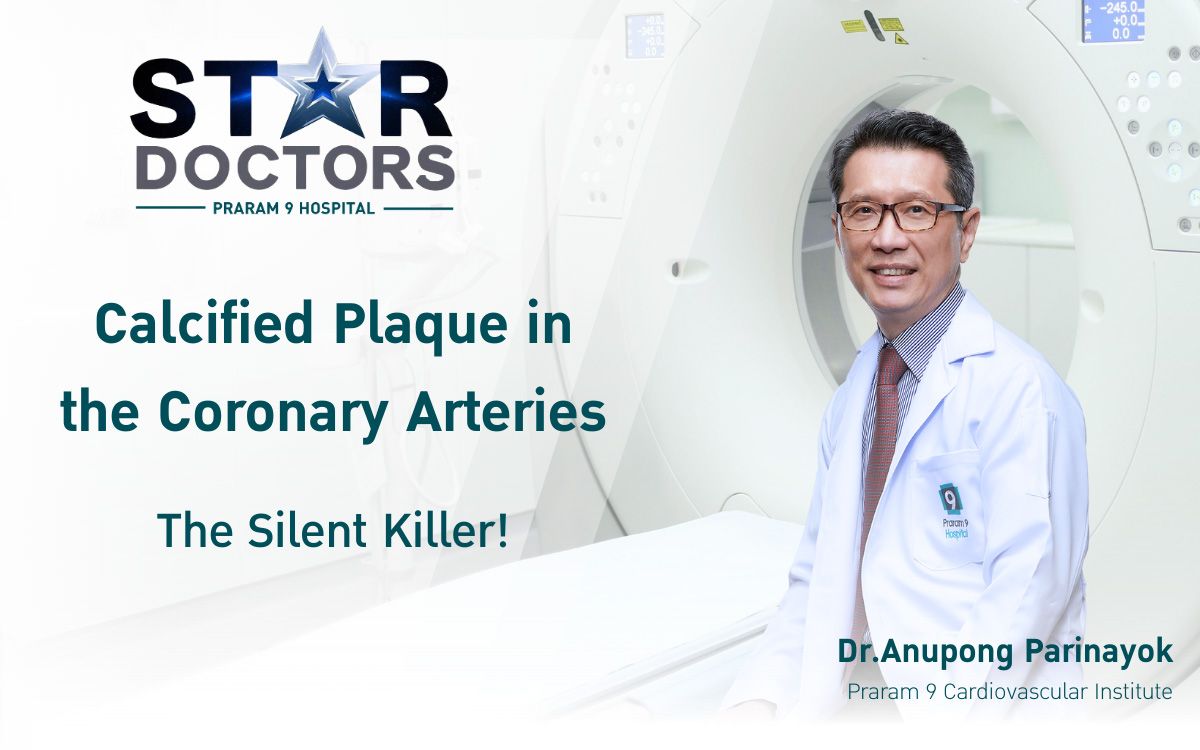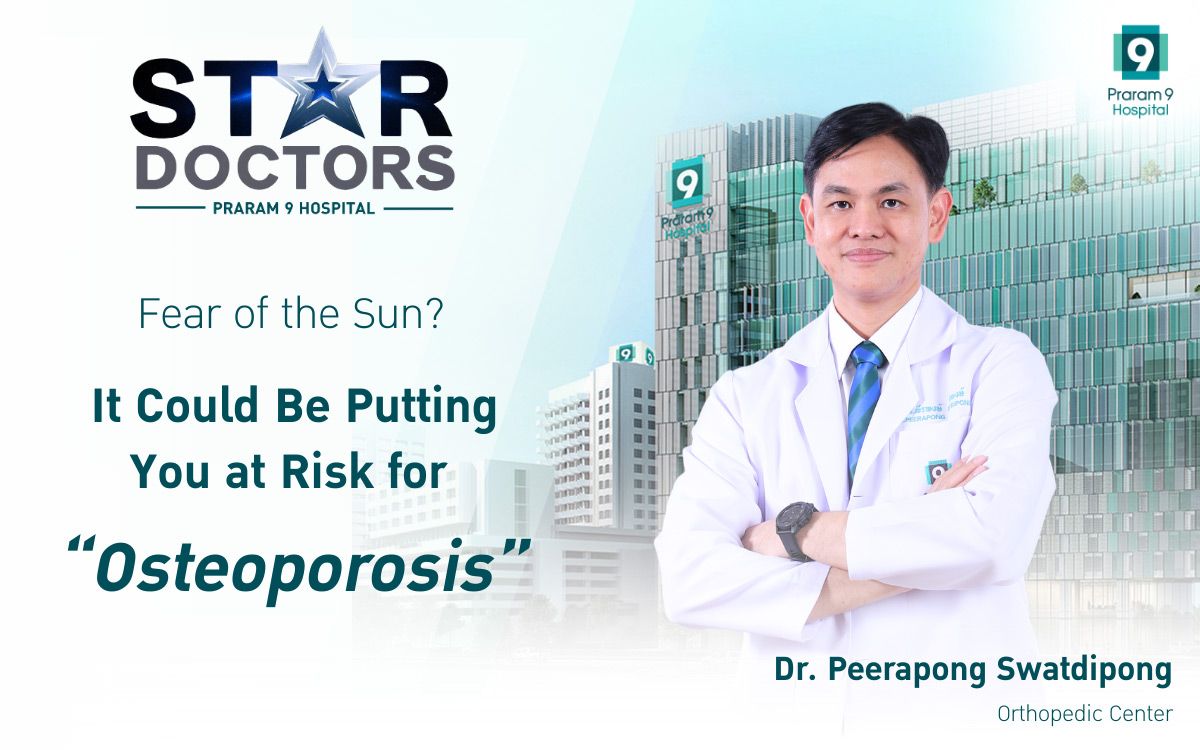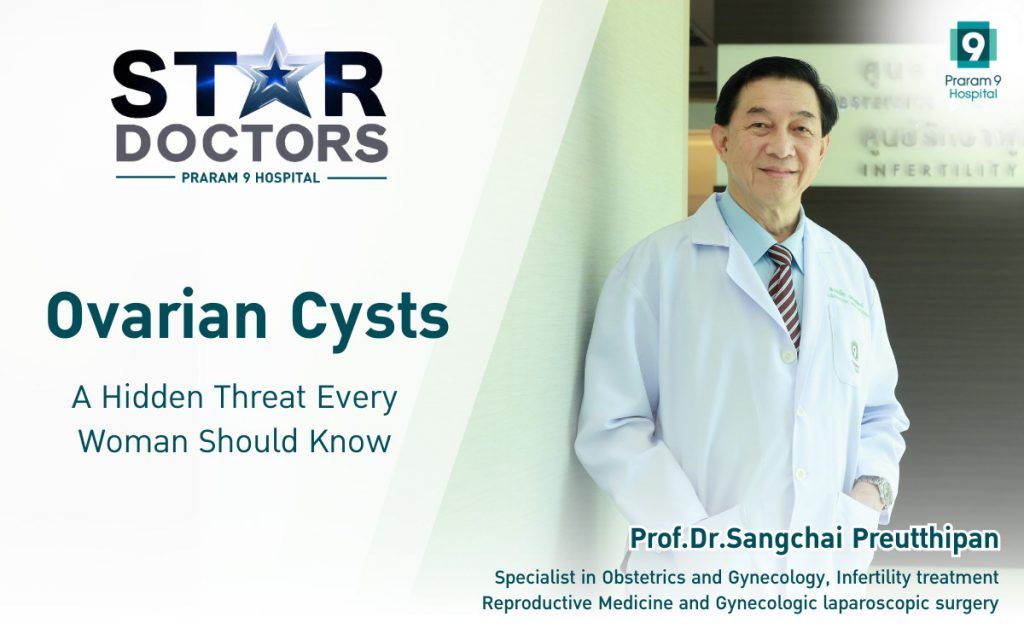Health Articles
Knowledge
Why Are Young, Active People Still at Risk for Sudden Cardiac Arrest?

Recently, we’ve often heard of athletes—seemingly healthy and young—suddenly passing away, raising concerns about the true cause of sudden cardiac arrest (SCA) in athletes and young adults. Is there a connection with exercise? And how can we handle such situations to prevent unforeseen tragedies for ourselves and our loved ones?
The Real Causes of Sudden Cardiac Arrest
Dr. Phonpitchaya Boondee, a cardiologist at the Praram 9 Cardiovascular Institute, explains that the incidence of sudden cardiac arrest tends to increase with age. Among younger people, it occurs at a rate of 1:100,000, which rises to 50:100,000 in middle-aged adults and up to 200:100,000 in those over 80 years old. Additionally, men are more at risk of coronary artery disease than women.
In young individuals with no underlying conditions, the primary cause of sudden cardiac arrest are usually electrical disturbances of the heart and hypertrophic cardiomyopathy. These are often genetic heart conditions that may present no prior symptoms, leaving individuals unaware they have heart disease.
For individuals over 35, the leading cause of sudden cardiac arrest is a heart attack resulting from coronary artery disease, which includes artery narrowing, blockage, or obstruction. In this age group, the risk factors for coronary artery disease also increase and may include diabetes, high blood pressure, high cholesterol, obesity, smoking, and a family history of heart disease. Other secondary causes include arrhythmias and structural heart diseases, such as heart muscle weakness and valve disease.
Warning Signs to Watch For
Signs that you should see a doctor include feeling unusually fatigued or experiencing symptoms such as dizziness, fainting, chest pain, shortness of breath, heart palpitations, or fainting during exercise. If you have any underlying health conditions or are at risk for heart disease, it’s crucial to seek medical advice. A doctor will take a medical history, conduct a physical exam, and may order an electrocardiogram (EKG) to assess your risk for arrhythmias. Stress tests and echocardiograms can help diagnose hypertrophic cardiomyopathy and further evaluate the risk of coronary artery disease.
Heart Disease and Exercise
While exercise can occasionally trigger heart conditions, it’s important to note that the incidence of heart disease in athletes is quite rare compared to the significant benefits of regular physical activity. Exercise helps reduce the risk of high blood pressure, high cholesterol, diabetes, obesity, depression, and also strengthens the heart, increases bone density, and improves mental well-being through the release of endorphins.
“Don’t be overly alarmed by reports of athlete fatalities and let it deter you from exercising,” advises Dr. Phonpitchaya Boondee.
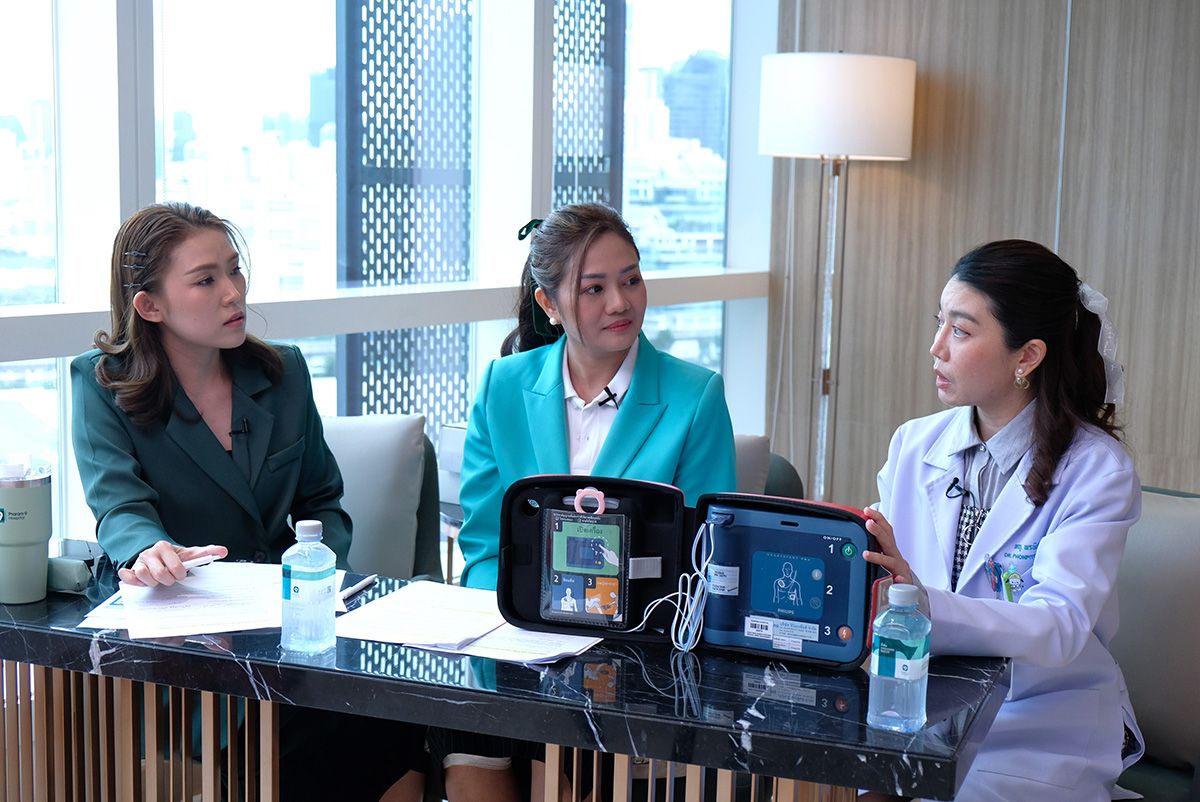
Essential Life-Saving Equipment
If you witness someone collapse and lose consciousness while exercising, the first step is to assess whether they are experiencing sudden cardiac arrest. If so, begin CPR immediately to restart their heart as quickly as possible. Call the emergency hotline at 1669 and request an Automated External Defibrillator (AED). Using an AED in conjunction with effective CPR can increase survival rates from 12% to over 50%.
About the Author
